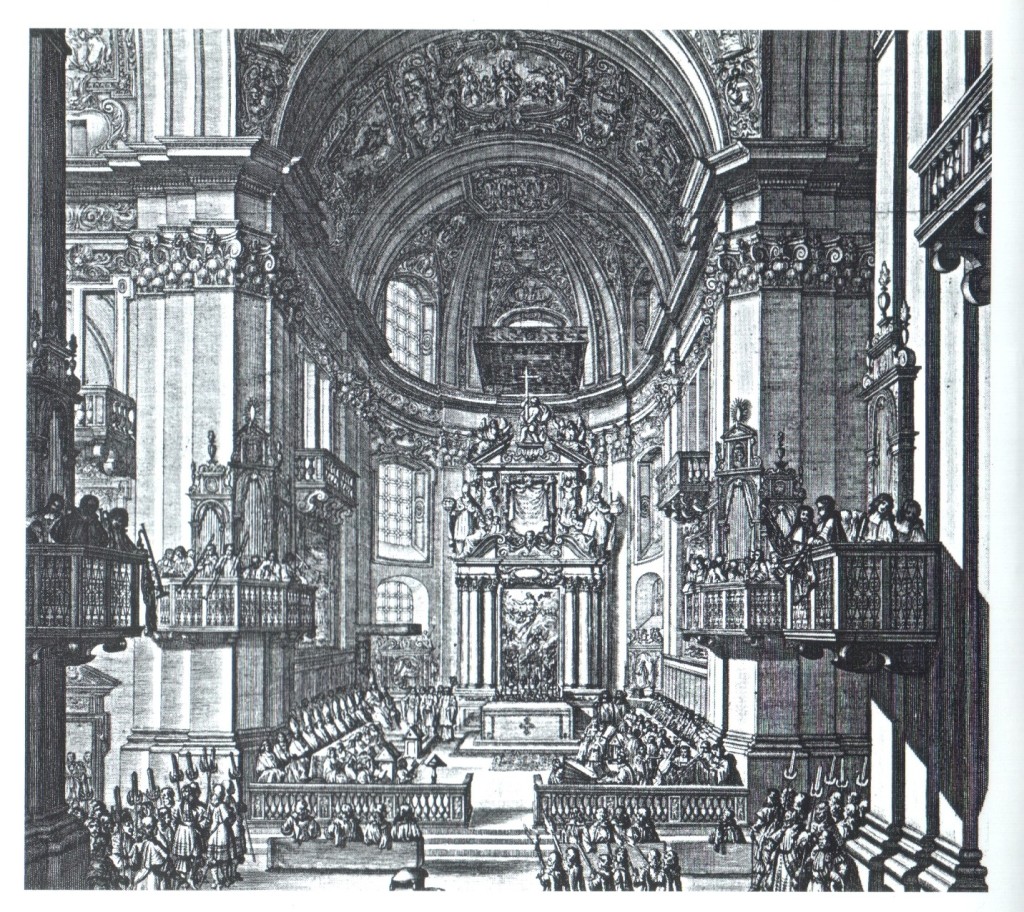Figure 13.2: Melchior Küsel, The Salzburg Cathedral (1682)
Dietrich Buxtehude, Toccata in F Major BuxWV 156
- Performed by Ton Koopman in the Coci-Klapmeyer baroque organ (1498-1728) in Altenbruch, Germany with a modified high pitch (a: 478,6 Hz.):
Examples 13.1, 13.2 and 13.3 (mm. 32-33, 65-67, and 120-123 begin at 1:32, 3:12, and 5:59)
- Performed by Martin Luecker in the Rieger organ at St. Catherine’s Church, Frankfurt:
Examples 13-1, 13-2, and 13-3 (mm. 32-33, 65-67, and 120-123 begin at 2:11, 4:00, 7:02)
Dieterich Buxtehude, Jubilate Domino BuxWV 64, performed by Andreas Scholl (countertenor):
Example 13-4 (example begins at 3:06)
Heinrich Ignaz Franz von Biber, Battalia (1673), “The Dissolute Company of All Humors,” performed by Ensemble Matheus, conducted by Jean-Christophe Spinosi, live at the festival Sinfonia en Périgord (2000):
Example 13-5 (example begins at 1:50)
Heinrich Ignaz Franz von Biber, Mystery Sonatas (c. 1676), Sonata 11 “The Resurrection,” performed by Le Bizzarrie Armoniche, conducted by Elena Russo:
Figure 13-3
Georg Philipp Telemann: Ouverture burlesque de Quixotte, TWV 55:G10, performed by the New York Baroque Incorporated:
Anthology 21
“The picture shows Dietrich Buxtehude playing a viol, Johann Adam Reinken at the harpsichord, and an unidentified person singing (possibly Johann Philipp Förtsch, singer and composer at the Hamburg opera). Johann Theile definitely is not pictured on this painting – the recent discovery of a portrait of Theile from a contemporary music print shows a different person. The singer in the painting has often been erroneously identified as Buxtehude.”
Figure 13.1

Figure 13.2
Global Resources for Chapter 13
Further Reading
Brewer, Charles E. The Instrumental Music of Schmeltzer, Biber, Muffat, and Their Contemporaries. Farnham, Surrey, and Burlington, VT: Ashgate, 2011. http://www.worldcat.org/oclc/756192754
Buelow, George J. “Hamburg and Lübeck.” In The Late Baroque Era: From the 1680s to 1740. Music and Society. Englewood Cliffs, NJ: Prentice Hall, 1993. http://www.worldcat.org/oclc/29547151
Chafe, Eric Thomas. The Church Music of Heinrich Biber. Studies in Musicology 95. Ann Arbor, MI: UMI Research Press, 1987. http://www.worldcat.org/oclc/15053153
Fergusson, Frances D. “St. Charles’ Church, Vienna: The Iconography of its Architecture.” Journal of the Society of Architectural Historians 29, no. 4 (December 1970): 318–26. http://www.jstor.org/stable/988594
Heller, Wendy. “Reforming Achilles: Gender, opera seria, and the Rhetoric of the Enlightened Hero.” Early Music 26, no. 4 (November 1998): 562–81. http://www.jstor.org/stable/3128731
Jones, David Wyn, ed. Music in Eighteenth-Century Austria. Cambridge and New York: Cambridge University Press, 1996. http://www.worldcat.org/oclc/32431013
Landmann, Ortrun. “The Dresden Hofkapelle During the Lifetime of Johann Sebastian Bach.” Early Music 17, no. 1 (February 1989): 17–30. http://www.jstor.org/stable/3127257
Neville, Don. “Metastasio and the Image of Majesty in the Austro-Italian Baroque.” In Italian Culture in Northern Europe in the Eighteenth Century, ed. Shearer West. Cambridge Studies in Italian History and Culture. Cambridge: Cambridge University Press, 1999. http://www.worldcat.org/oclc/39130709
Neville, Don. “Opera or Oratorio? Metastasio’s Sacred opere serie.” Early Music 26, no. 4 (November 1998): 598–607. http://www.jstor.org/stable/3128733
Savage, Roger. “Staging an Opera: Letters from the Cesarian Poet.” Early Music 26, no. 4 (November 1998): 583–95. http://www.jstor.org/stable/3128732
Snyder, Kerala J. Dieterich Buxtehude: Organist in Lübeck. Rev. ed. Eastman Studies in Music 44. Rochester, NY: University of Rochester Press, 2007. http://www.worldcat.org/oclc/82172694
Snyder, Kerala J. The Organ as a Mirror of Its Time: North European Reflections, 1610–2000. Oxford: Oxford University Press, 2002. http://www.worldcat.org/oclc/47996276
Speerstra, Joel. The North German Organ Project at Göteberg University. GOArt Publications 12. Göteberg, Sweden: Göteborg Organ Art Center, Göteborg University, 2003. http://www.worldcat.org/oclc/54436201
Swack, Jeanne. “Anti-Semitism at the Opera: The Portrayal of Jews in the Singspiels of Reinhard Keiser.”Musical Quarterly 84, no. 3 (Autumn 2000): 389–416. http://www.jstor.org/stable/742585
Walker, Paul. Church, Stage, and Studio: Music and its Contexts in Seventeenth-Century Germany. Studies in Music 107. Ann Arbor, MI: UMI Research Press, 1990. http://www.worldcat.org/oclc/19589322
Wollenberg, Susan, “Vienna under Joseph I and Charles VI.” In The Late Baroque Era: From the 1680s to 1740, ed. George J. Buelow. Music and Society. Englewood Cliffs, NJ: Prentice Hall, 1993. http://www.worldcat.org/oclc/29547151
Wollny, Peter, and Stephen Rose. “From Lübeck to Sweden: Thoughts and Observations on the Buxtehude Sources in the Düben Collection.” Early Music 35, no. 3 (August 2007): 371–84. http://www.jstor.org/stable/30054648
Yearsley, David. “In Buxtehude’s Footsteps.” Early Music 35, no. 3 (August 2007): 339–53. http://www.jstor.org/stable/30054646
Zohn, Stephen David. Music for a Mixed Taste: Style, Genre, and Meaning in Telemann’s Instrumental Works. Oxford and New York: Oxford University Press, 2008. http://www.worldcat.org/oclc/85862249

